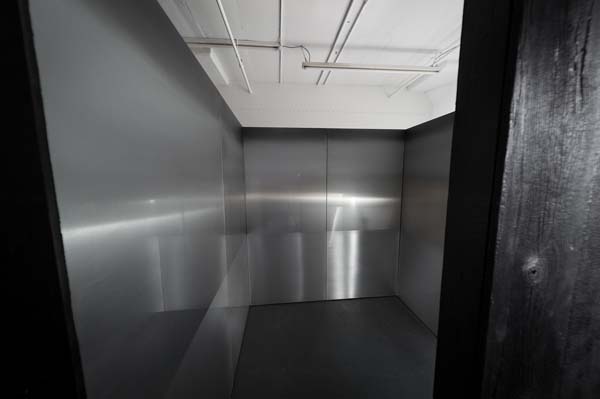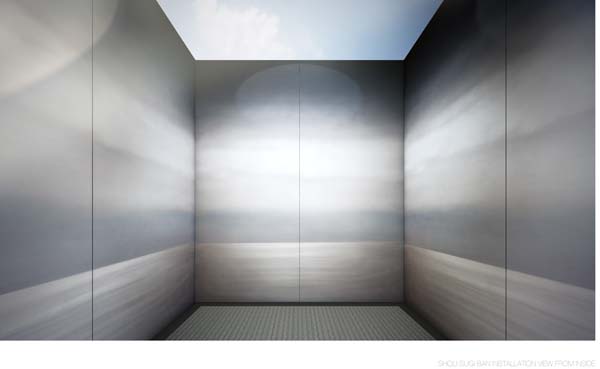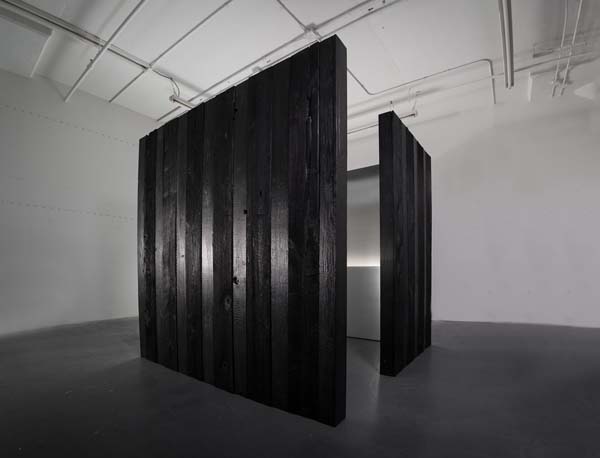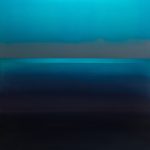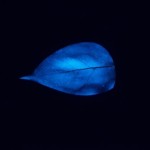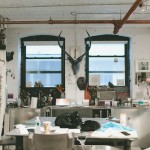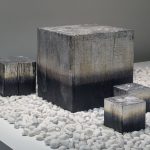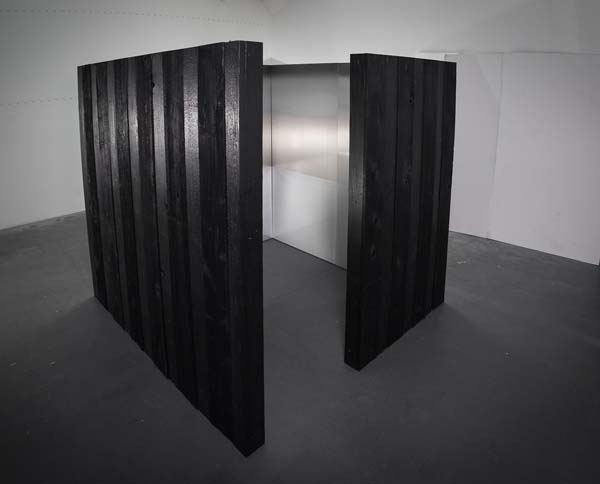
Shou-sugi-ban (焼杉板) is a traditional Japanese method of treating wood used for the exterior of homes and temples. Sometimes also called yaki-sugi-ita, the process involves charring the wood to a charcoal-like state. This not only makes it less flammable but also more durable against the elements of nature. In other words, burning it to make it stronger.
Taking inspiration from the method commonly employed in her hometown of Okayama, artist Miya Ando has created a tea house-inspired installation whose exterior is made entirely from the charred timber.
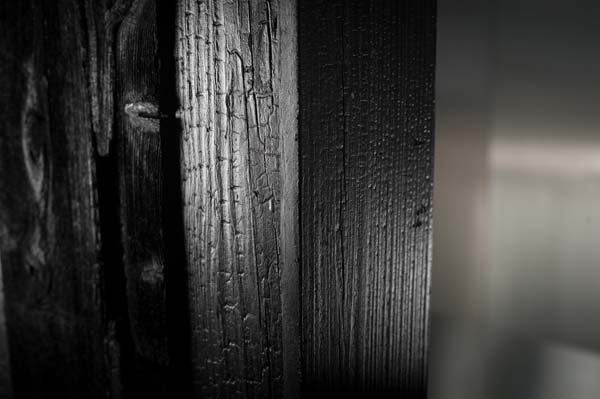
The free-standing room titled “Emptiness The Sky” (Shou Sugi Ban) is clad on the outside walls with the charred timber. On the inside are Ando’s signature reflective metal canvases, which create a reflective, immersive environment. “The 84x 84x 84 inch structure is inspired by traditional Japanese tea rooms (Chashitsu),” says Ando, “and is a space informed by memory and quietude.”
Miya Ando’s large-scale installation is part of the 56th Venice Biennale’s “Frontiers Reimagined” Exhibiton at Museo di Palazzo Grimani. It will be on view starting next week on May 9, 2015 and will be open through November 22, 2015.
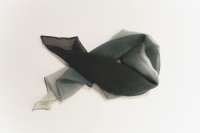 Related: Tetsu to Kinu Scarf
Related: Tetsu to Kinu Scarf
Miya ando’s silk scarf inspired by her metal paintings

